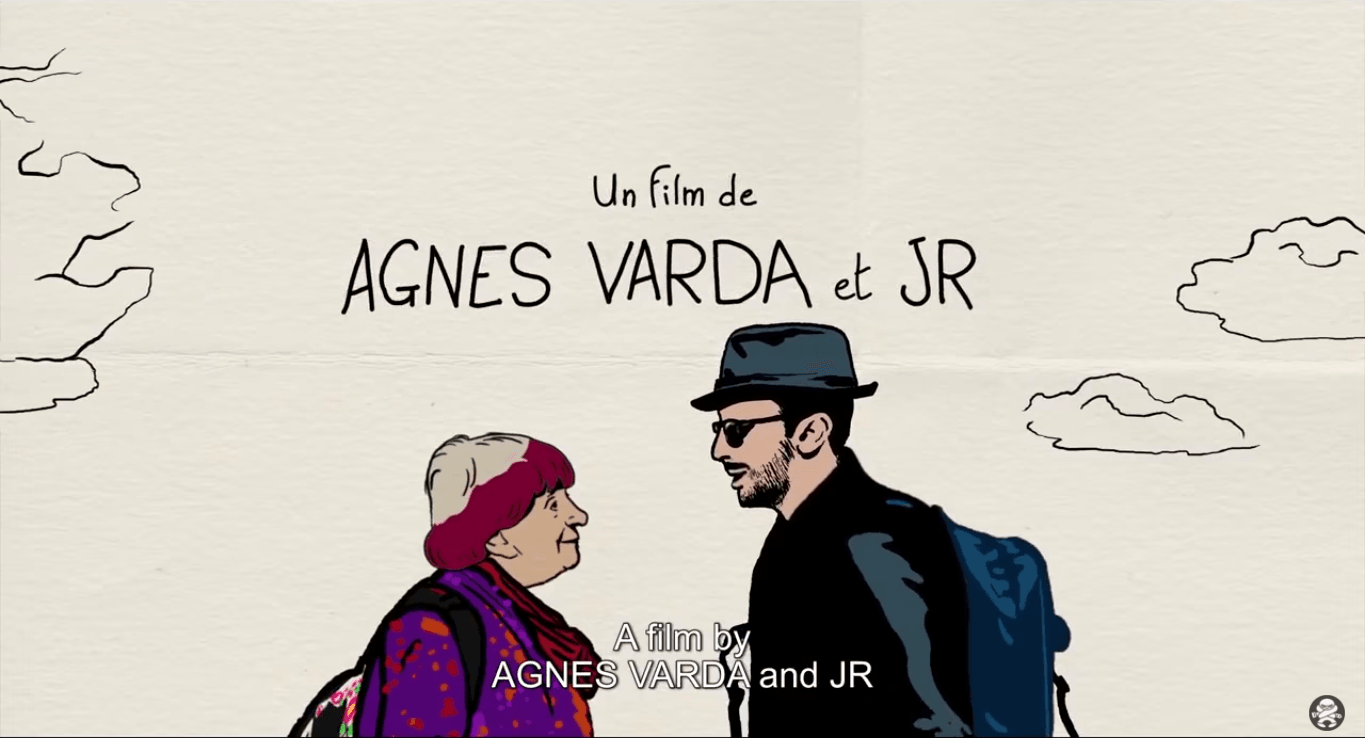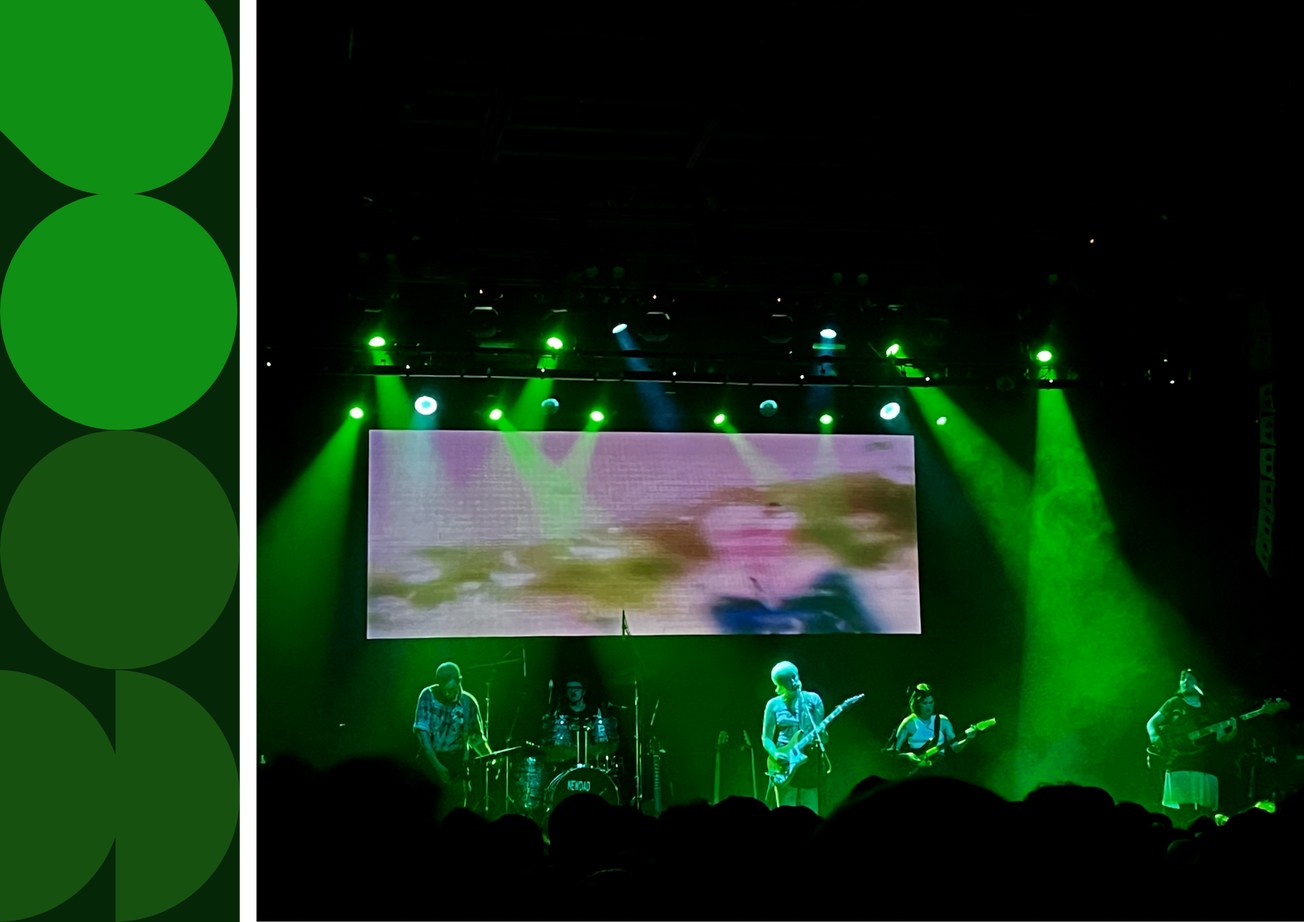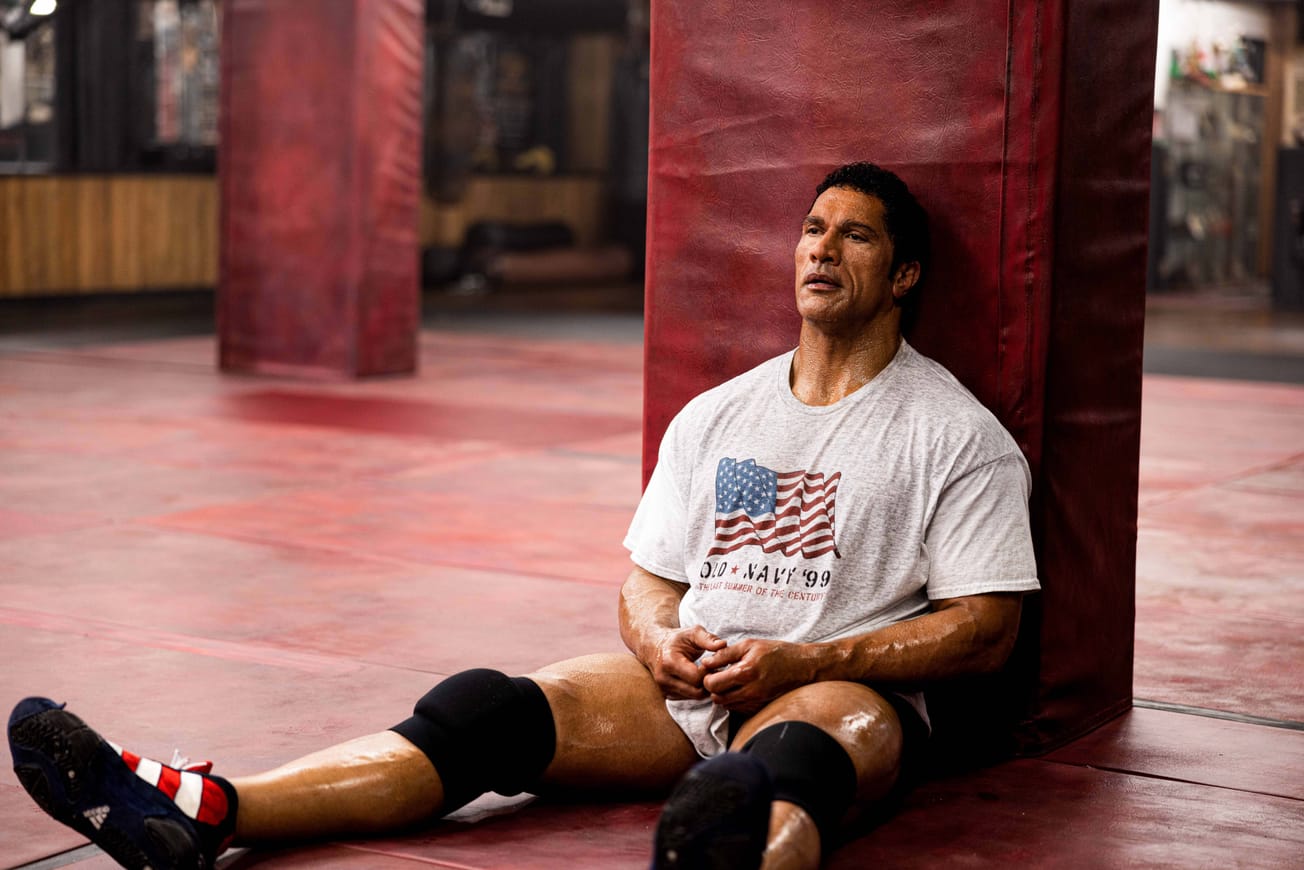By Oliver Goddard, Second Year English
Her past work is vastly underrated in comparison to her contemporaries, but Varda's collaboration with photographer JR is a sparkling documentary.
Agnes Varda is a veteran filmmaker, but you’d be forgiven for not knowing that.
If there’s anything that last month’s nationwide retrospective of her films taught us, it is that her work has too long been sidelined by the other filmmakers of the nouvelle-vague, the groundbreaking '60s French film movement.
Make no mistake, Jean-Luc Godard and Francois Truffaut are important, revolutionary figures, but Varda was there too, making films that were just as challenging and essential.
Agnès Varda: ‘I am still alive, I am still curious. I am not a piece of rotting flesh’ https://t.co/qD3nKbslCn
— Guardian Film (@guardianfilm) September 21, 2018
Twitter / @guardianfilm
To revisit her films from that fruitful ‘60s period is to see a unique voice in action: 1962’s Cleo from 5 to 7, photographed in stark monochrome, focused on a singer awaiting a cancer diagnosis in real-time, and is in many ways a precursor to Godard’s own landmark Vivre sa Vie (1962). Her pastel-hued feminist horror movie Le Bonheur (1965), immaculately composed and shot in a colour scheme that would make even Wes Anderson blush, announced her as a first rate formalist.
All the while, Varda was also dedicating her creative energies to the documentary format, making an array of films on diverse subjects, such as the Black Panthers (1968) or the residents of her street in Paris (Daguerrotypes, 1976).
As her career progressed, the distinction between the artificial and the factual blurred. Not only did she employ non-actors to heighten her work’s sense of realism, but Varda would utilise documentary techniques within works of fiction: the fate of Sandrine Bonnaire’s drifter in the bleak pastoral drama Vagabond (1985) is told through Varda’s own omniscient third-person narration and the non-actors that populate the film provide pseudo-documentary talking head interviews.
But since 1995 she has dedicated her output to the documentary medium exclusively, experimenting with digital video technology in the process. As is evident, Varda’s body of work is diverse, her creativity restless. But all of her output shares a warm-hearted humanism.
Youtube / Madman Films
Which brings us to Faces Places, which seems to embody everything that is great about Agnes Varda; her presence, her personality, her creativity. Not only is it her first film in almost a decade (2008’s similarly reflexive and reflective The Beaches of Agnes) but it is also the first in which she shares the directing credit with a collaborator.
Co-director JR, a 30-something photographer and visual artist, whose dark sunglasses bear a significant resemblance a certain bastion of the nouvelle-vague, fulfils Varda’s self-professed desire ‘to meet new faces and photograph them’.
This, ostensibly, is what the film is about. They drive around the French countryside in JR’s van-cum-photobooth, meet strangers, take their photographs and paste their gigantic creations on whatever large surfaces are most readily available, be that barns, houses or shipping containers. JR’s artistic gambit pays hefty dividends - the people of Faces Places are noticeably moved by this warm gesture of creative collaboration - and similarly Varda seems energised by his presence.
Indeed, Faces Places is just as much a portrait of cross-generational friendship as it is an exploration of the impact that art can have within a community. Varda and JR are a winning double act, sharing not only an artistic outlook but a sense of mischief and humour. They spar off of each other like old friends, even though, as the film’s playful prologue reinforces, they’ve not known each other for very long.
One particularly kinetic excursion shows them tipping their hat to Godard and racing down the Louvre’s fine-art wing, with JR pushing Varda along in a wheelchair as she exclaims the names of the old masters - ‘Bellini! Del Sarto!’. It serves no narrative function whatsoever, but therein lies its charm. It’s a visual representation of their friendship: JR is facilitating Varda’s hunger for art and for images, and for seemingly no personal gain.
Our film @facesplacesfilm with Agnes Varda is coming out in the UK this week in all Curzon cinemas ! ❤️ pic.twitter.com/47k70i4jkH
— JR (@JRart) September 13, 2018
Twitter / @JRArt
It almost seems counterintuitive to write about Faces Places for it is a film that actively encourages the audience to engage with the people around them, to take in their surroundings. It is also a film that encourages the audience to create.
Certainly, it contains infinite wisdom in that respect, but it unfolds with such a lightness of touch that feels more like a warm hug than a dogmatic treatise. But if the now 90 year old Varda is still creating, there’s no excuse for the rest of us.
Featured Image: Youtube / Madman Films
The last screening of Faces Places is on at Watershed Thurs. 27 September at 6.40pm, will you be seeking creative inspiration?
Facebook // Epigram Film & TV // Twitter









